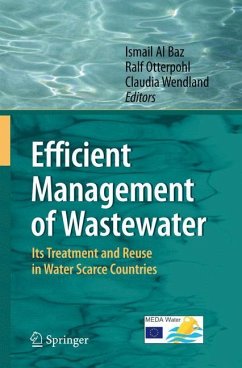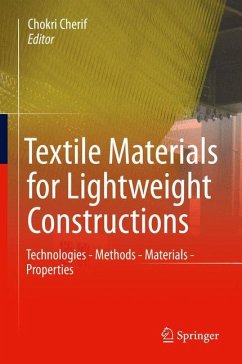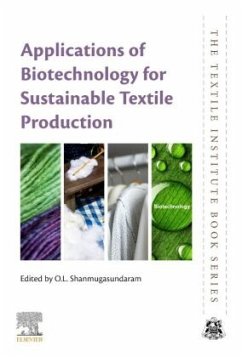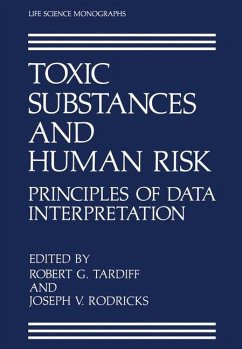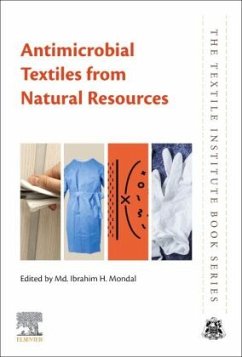
Textile Chemicals
Environmental Data and Facts

PAYBACK Punkte
35 °P sammeln!
Clothing is an inherent necessity for human beings. Textiles protect us from unfavourable weather and other environmental calamities. Moreover, textiles are instruments of social and cul tural affiliation and self-acceptance while at the same time fulfiling our desire for individuality. These reasons motivated textile development that results in ever more sophisticated dothing in all ethnic societies today. Fashion becomes something like body language, a "second skin" that accentuates style and rank, sex and power, or their opposites. In our modem society, fashion attains a new dimension as sy...
Clothing is an inherent necessity for human beings. Textiles protect us from unfavourable weather and other environmental calamities. Moreover, textiles are instruments of social and cul tural affiliation and self-acceptance while at the same time fulfiling our desire for individuality. These reasons motivated textile development that results in ever more sophisticated dothing in all ethnic societies today. Fashion becomes something like body language, a "second skin" that accentuates style and rank, sex and power, or their opposites. In our modem society, fashion attains a new dimension as synthetic fibres are manufactured and new chemical finishing treatments developed. Considering the wool of a sheep and an end fashioned pullover, it is evident that, in course of time, textiles have become "complicated"! Trying to answer the question "how does the sheep fibre become the pullover" is simultaneously the an swerof "what is textile finishing". Almost 2500 different chemicals can be used to colour and prepare a certain fibre in such a way that it will be able to fulfil modem functionalized requirements such as having easy-care proper ties, etc.






